Pain in Cats: 5 Signs That Should Worry You
Cats, unable to verbalize their pain, present a challenge in identifying signs of illness and distress. However, there are specific indicators that should raise concerns and alert cat owners to potential issues.
Summary
- Sudden Behavioral Changes
- Aggressive Behavior
- Apathy
- Facial Tension
- Purring in Pain
Despite advancements in technology, such as meow translators, cats are still unable to communicate verbally, making it difficult to express their pain. This behavior, originating from their instinct to hide weakness from predators, can be problematic for domestic cats, as their human caregivers may not notice signs of distress promptly. Nevertheless, certain signs serve as red flags in identifying pain in cats.
1. Sudden Behavioral Changes
Cats experiencing physical or mental distress often exhibit significant shifts in behavior. A sociable cat may become withdrawn and reclusive. Other concerning behaviors include disrupted sleep patterns, loss of appetite, difficulty in relieving themselves, refusal to use the litter box, and neglecting grooming. Excessive grooming of a specific body area may also indicate attempts to alleviate pain.
2. Aggressive Behavior
When in pain, a usually affectionate cat may display tension, irritability, or aggression when touched or approached. Growling, meowing, and tensing up are common signs of pain expression.
3. Apathy
If a cat, regardless of age, displays a lack of movement or only moves reluctantly and under duress, this is cause for concern. Sudden inactivity should prompt a visit to the veterinarian.
4. Facial Tension
Cats in pain often exhibit physical signs of discomfort, particularly in their facial expressions. Drooping ears, half-closed squinting eyes, and outstretched paws while lying down all indicate tension and distress.
5. Purring in Pain
Though purring is typically associated with contentment, cats may also purr when stressed or in pain. Purring serves as a communication method for cats and conveys both comfort and discomfort. It is as if the cat is attempting to soothe the pain by disarming it, treating it as an adversary. A cat in agony may purr, using the gentle vibrations and emitted pheromones as a source of comfort, even in the face of potential death. However, this process is not certain, as clarified by Marie-Hélène Bonnet, a cat behaviorist.
In conclusion, being attentive to a cat's behavior and recognizing these signs is crucial for ensuring their well-being and addressing any potential issues promptly. While cats may not speak our language, they communicate their needs and distress through actions and body language. Your vigilance and care can significantly impact the comfort and health of your feline friend.
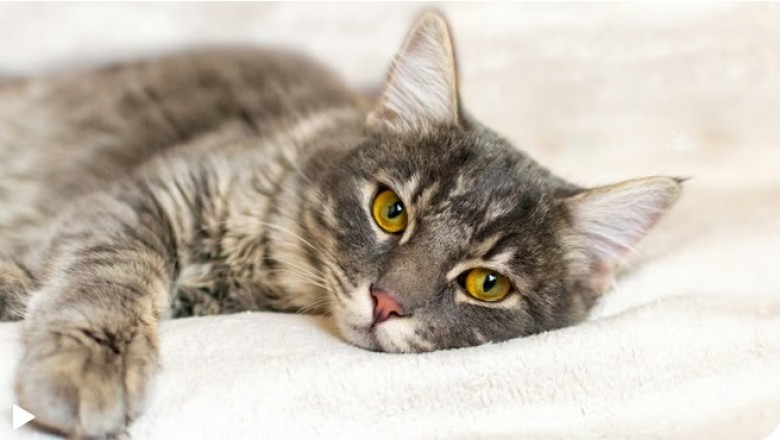










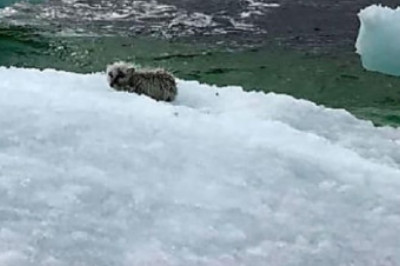
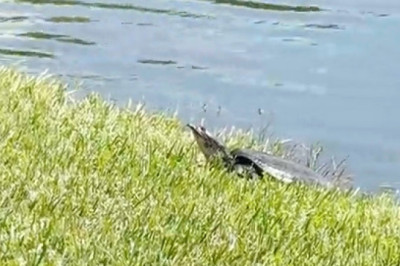
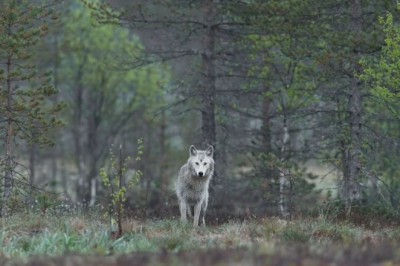
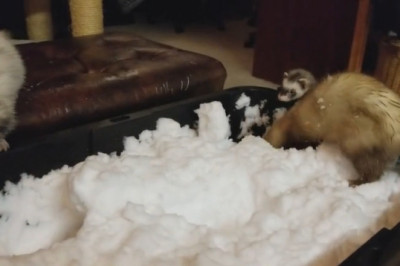
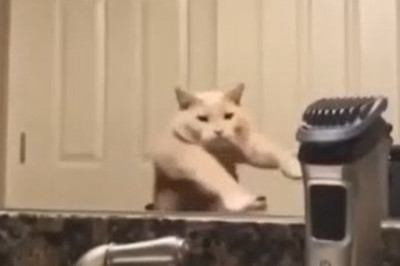

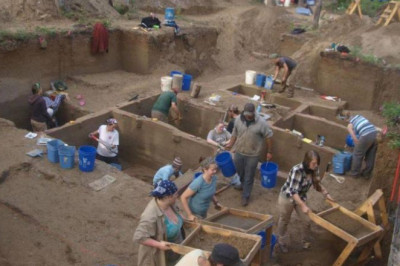



Comments
0 comment